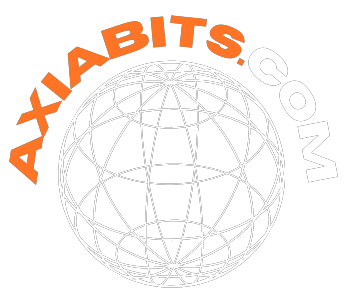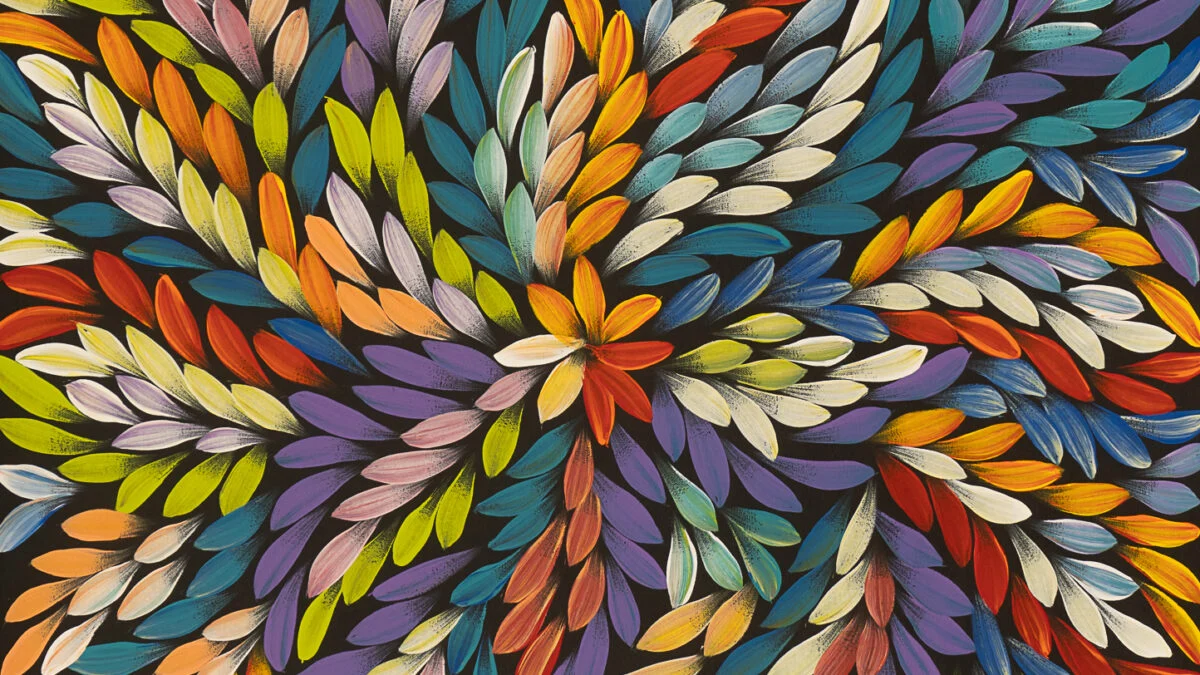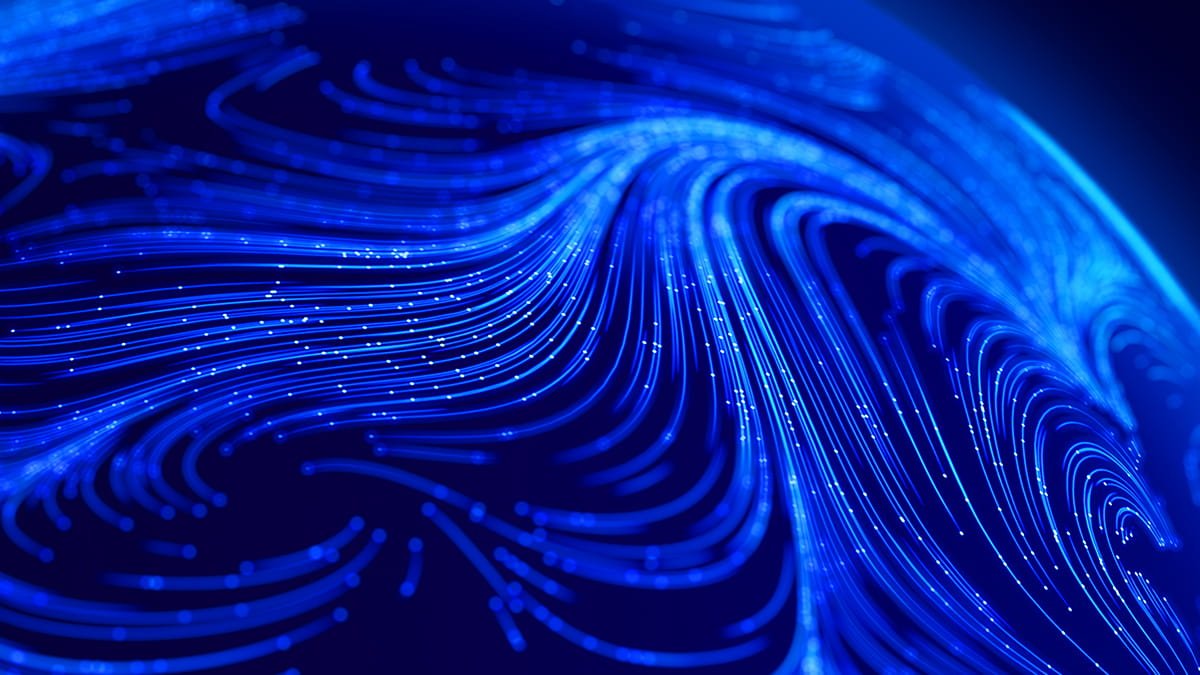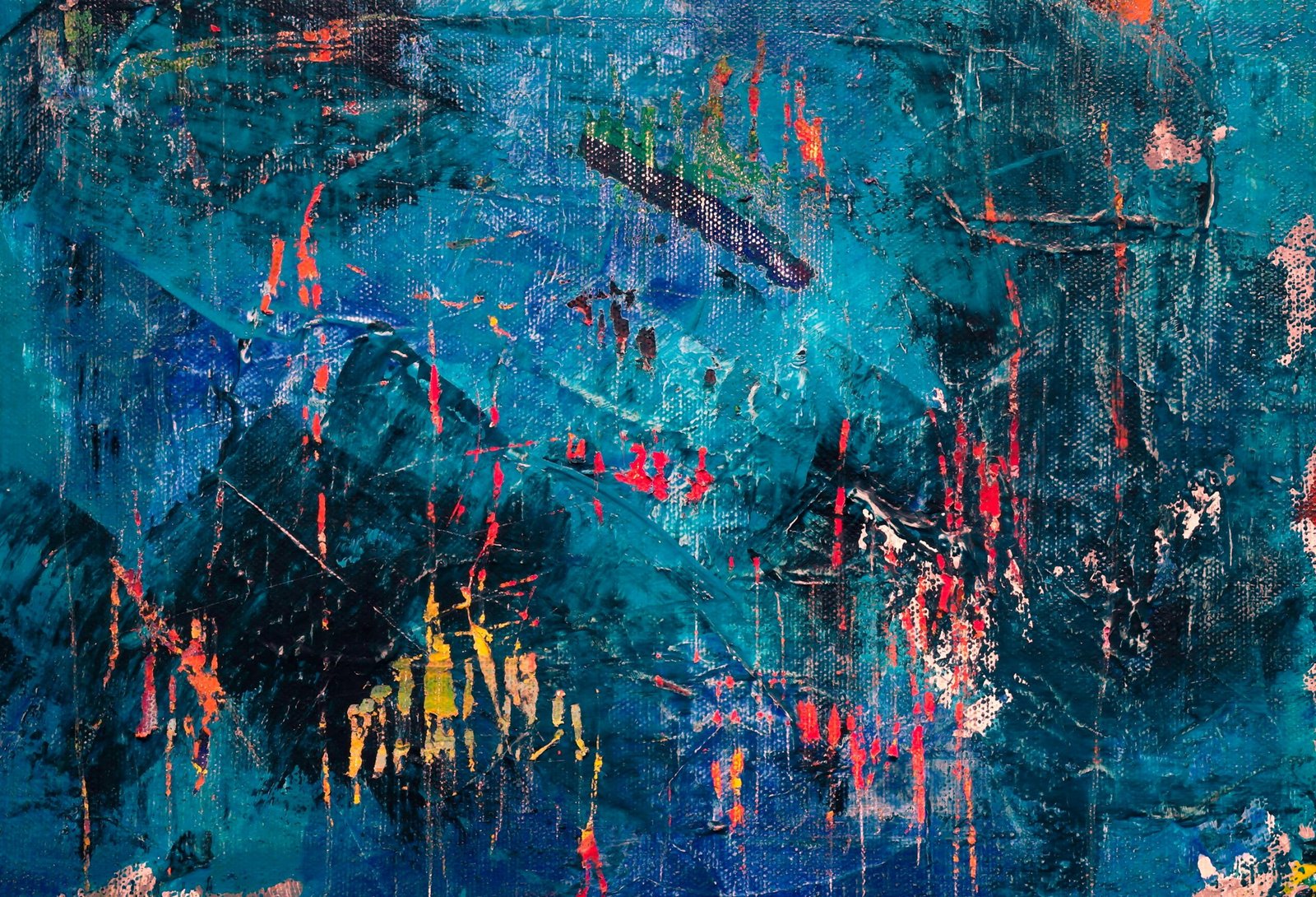Introduction
The world of digital creativity is evolving faster than ever, and 2025 has already delivered one of the most exciting breakthroughs in AI-powered design: Google Nano Banana. If you haven’t heard of it yet, Nano Banana is the codename for Gemini 2.5 Flash Image, Google’s cutting-edge image generation and editing model.
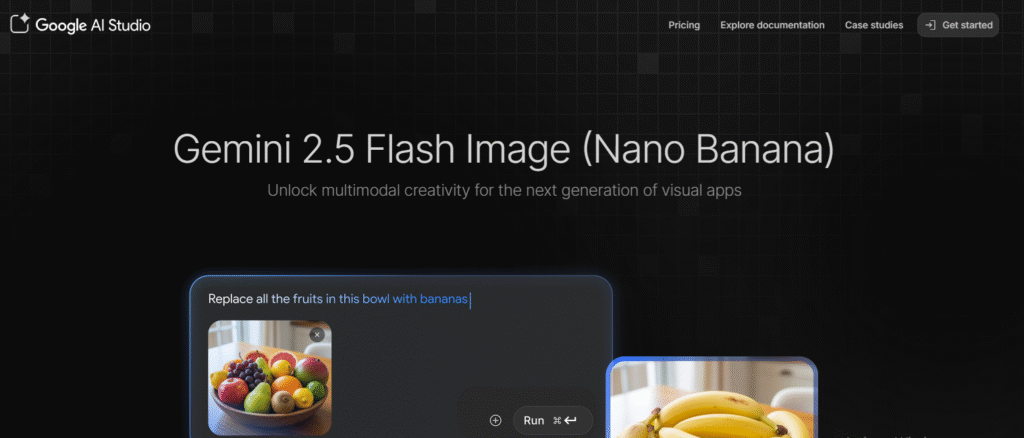
What makes it stand out isn’t just raw power, but how natural it feels to use. Instead of spending hours in Photoshop layering, masking, and color-correcting, you can simply describe your request in plain English. Nano Banana interprets your intent, applies contextual edits, and maintains professional-level fidelity—all in seconds. 5 powerful image editing techniques with Google Nano Banana (Gemini 2.5 Flash) in 2025. Edit, brand, and create with AI in seconds.
Some of its standout features include:
- Advanced natural language editing: Type what you want changed, and it happens.
- Character consistency: Maintain the same mascot, person, or style across multiple edits.
- Style transfer made simple: Borrow color, texture, or artistic styles from one image and apply them seamlessly to another.
- Free access via Google AI Studio: Anyone can experiment with it, without needing expensive subscriptions.
AI isn’t just changing the way we edit images — it’s also transforming how apps are built. If you’re curious about creating your own mobile app without coding, explore the Easiest Way to Build Your Mobile App in Minutes | Rocket.New and see how quickly you can turn your idea into a working product.
Now, let’s dive into five practical, creative, and time-saving image editing techniques you can do with Google Nano Banana in 2025.
1. Removing Objects from an Image
Traditionally, removing unwanted objects—whether it’s a photo bomber, coffee cup, or graffiti—took skillful cloning and retouching. With Google Nano Banana, it’s as simple as writing:
Prompt: “remove coffee cups from the table”
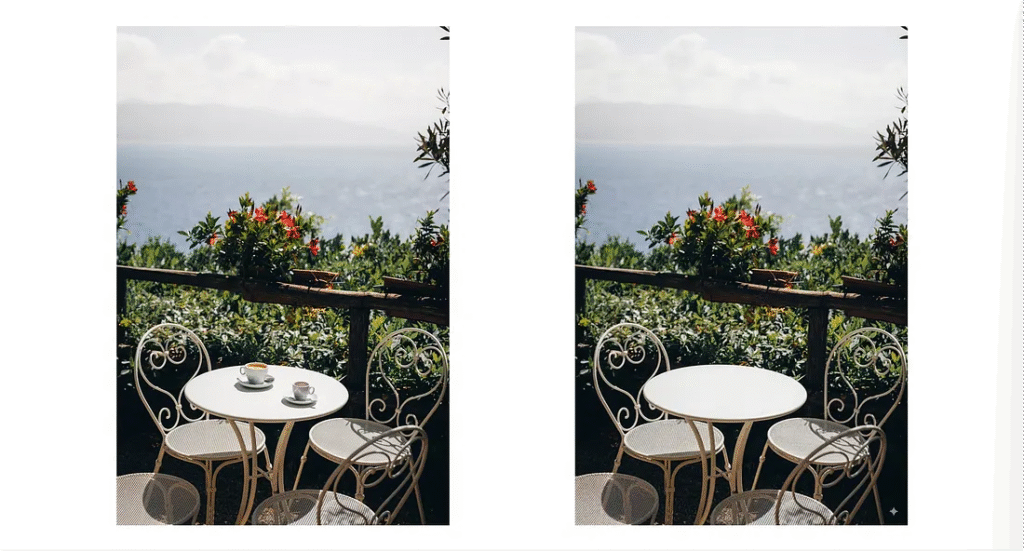
For straightforward images, the edit works on the first attempt, delivering a clean, realistic replacement background. But what about trickier scenarios, like graffiti hidden in a corner? That’s where contextual prompts shine. By highlighting the area and pairing it with instructions, you guide Nano Banana to focus precisely on that region.
This contextual intelligence makes Nano Banana ideal for:
- Cleaning product photos for e-commerce.
- Removing distractions in travel or real estate photography.
- Preparing professional headshots without messy backgrounds.
What used to be 20 minutes of editing is now a 20-second interaction.
2. Colorizing Old Photos
Photo colorization has long fascinated both historians and artists. Until recently, it required meticulous work, manual brush strokes, and lots of guesswork. Nano Banana transforms this painstaking process into a near-instant edit.
Prompt: “Colorize this image”
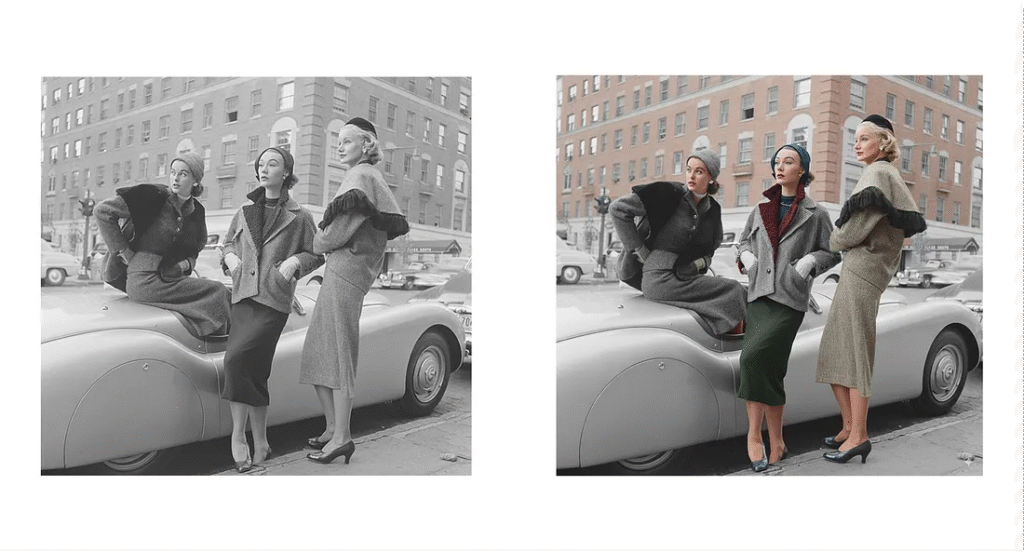
With just one command, black-and-white photographs come to life with natural skin tones, environmental hues, and subtle shading. For example, a 1950s portrait can be revitalized in vibrant colors, ready for framing or archival display.
Of course, the AI isn’t flawless—complex backgrounds may retain some monochrome elements, like cars or signs. But for most family photos, vintage portraits, and historic records, Nano Banana delivers compelling results in seconds.
This opens doors for:
- Genealogy projects: Breathing new life into family albums.
- Museums and archives: Quickly preparing colored visuals for exhibitions.
- Social media nostalgia posts: Turning old snapshots into engaging content.
The emotional value of seeing a loved one’s black-and-white photo reimagined in full color is simply priceless.
3. Adding or Modifying Text on Billboards
Marketers, rejoice. Nano Banana is redefining how quickly ad mockups can be created. Imagine you’re testing a new slogan or campaign. Instead of commissioning a full shoot, you can take any billboard photo and update it instantly.
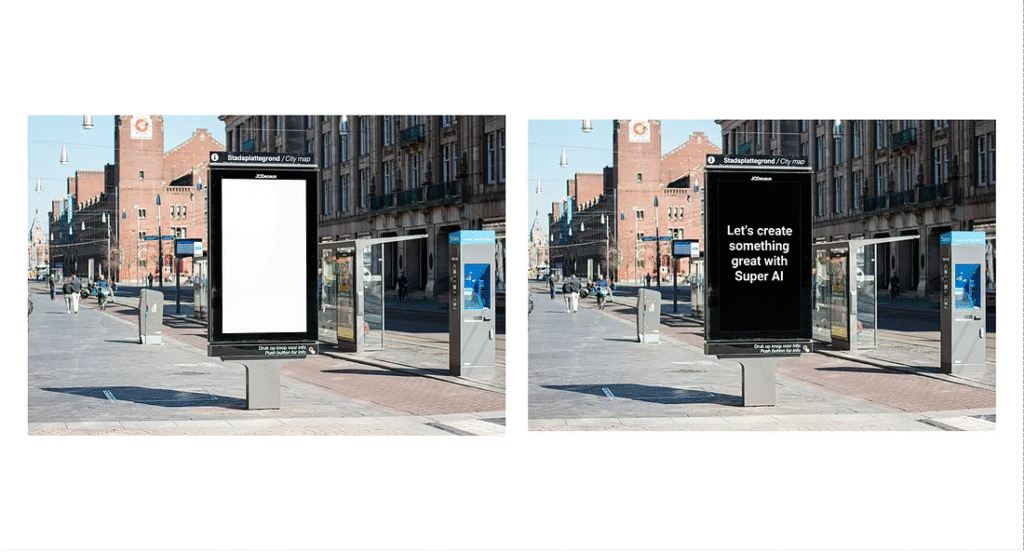
- Scenario 1: Adding text
Prompt: “add text to the billboard: ‘Let’s create something great with Super AI’”
The plain billboard is instantly branded with your message. - Scenario 2: Replacing text
Prompt: “Change the text on the billboard that says ‘Don’t stop ’til you get enough’ to ‘Remember you’re doing your best.’”
Here’s where Nano Banana impresses most: it mimics the original font family and style. The new text blends seamlessly into the design, as though it were part of the photo all along.
The only hiccup? Sometimes text alignment isn’t perfect, requiring a quick follow-up. Still, compared to manual Photoshop edits, this is a huge timesaver.
Practical applications include:
- Rapid prototyping for ad agencies.
- A/B testing slogans on realistic visuals.
- Personalized branding mockups for clients.
In a world where content moves fast, Nano Banana helps marketing teams keep up.
4. Maintaining Character Consistency
If you’ve ever tried using AI tools to generate characters, you know the struggle: keeping a mascot, person, or brand character consistent across multiple scenes. Nano Banana changes that.
Say you have a panda mascot. Upload the image and simply instruct:
Prompt: “make the character in this image drive a bus.”
Nano Banana not only places your mascot in the new setting, but ensures the panda’s defining traits remain intact. In another edit, you could request:
Prompt: “make the character in this image dance in a club, with a realistic setting.”
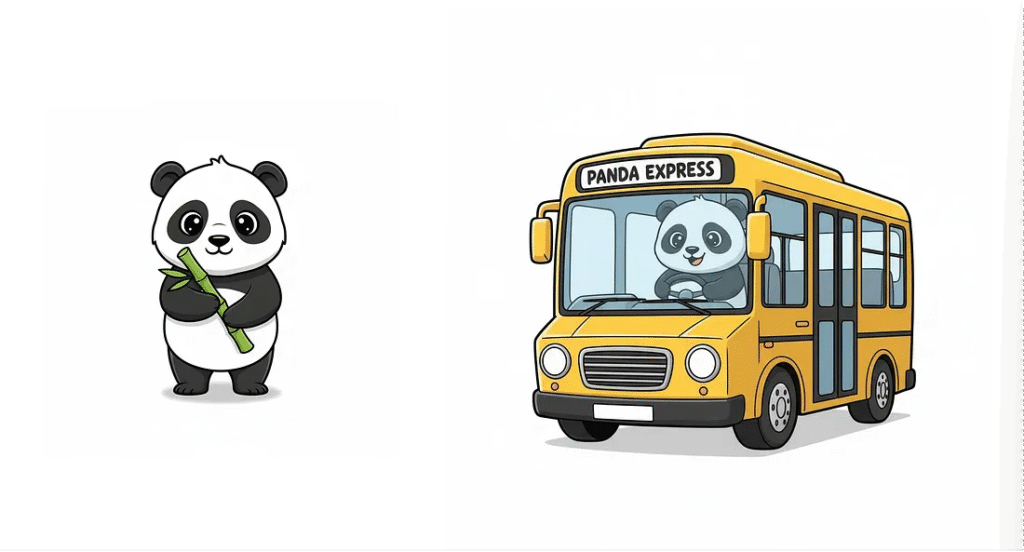
The result? The same recognizable mascot, now featured in multiple creative contexts.
This is revolutionary for:
- Branding campaigns: Mascots or characters appearing consistently across ads, packaging, and merch.
- Storytelling: Authors or illustrators maintaining visual continuity for characters in books or comics.
- Entertainment: Animators quickly testing how characters look in different environments.
Consistency builds recognition—and Nano Banana ensures your audience never loses track of your core characters.
5. Creating Branding Assets
One of the most practical uses for Nano Banana is branding visualization. Instead of imagining how your logo might look on a mug, card, or app screen, you can see it instantly.
Examples include:
- Prompt: “mug with this logo on it” → Your logo wrapped around a coffee mug.
- Prompt: “mobile phone with a screen that shows this logo and text ‘Build the future’” → A realistic digital mockup of your app screen.
- Prompt: “mobile phone with a screen that shows this logo in the hands of a virtual influencer” → A polished promo shot, ready for campaigns.
Nano Banana handles perspective, lighting, and texture blending seamlessly, so your designs look natural in context.
This drastically reduces the time and cost of creating brand mockups, empowering startups, agencies, and solo creators alike. Whether you’re pitching to clients, posting on social media, or designing your first product launch, Nano Banana makes professional-quality previews effortless.
Why Google Nano Banana Matters in 2025
While Nano Banana won’t replace Photoshop or advanced design software, its role is clear: efficiency in everyday edits.
Here’s why it matters:
- Accessibility – No design background needed; just type your idea.
- Speed – Edits that once took hours now take seconds.
- Creativity boost – Rapid prototyping means you can test more ideas without overthinking.
- Consistency – Characters, styles, and branding remain uniform across multiple assets.
- Affordability – Free to experiment in Google AI Studio, leveling the playing field for individuals and small teams.
In short, Nano Banana empowers both professionals and beginners to focus more on creativity and less on technical hurdles. If you’re fascinated by how tools like Google Nano Banana are transforming creativity, you’ll love exploring how AI can also revolutionize app development. Check out this guide: Build a $1M App with a Single AI Prompt Using Rocket.New — it shows how entrepreneurs and creators can launch powerful applications with just one AI-driven command.
Final Thoughts
The arrival of Google Nano Banana in 2025 signals a new era of AI-assisted creativity. By simplifying complex editing tasks—object removal, colorization, billboard text editing, character consistency, and branding assets—it bridges the gap between imagination and execution.
Will it replace traditional tools like Photoshop? Not anytime soon. But it will absolutely save time, inspire ideas, and democratize image editing for millions of creators worldwide.
So, whether you’re a marketer mocking up a billboard, a designer refining brand assets, or a nostalgic soul colorizing family photos, Google Nano Banana offers the speed and simplicity you’ve been waiting for.
The future of image editing is here—and it’s delightfully bananas.
Disclaimer
This article features affiliate links, which indicate that if you click on any of the links and make a purchase, we may receive a small commission. There’s no extra cost to you, and it aids in supporting our blog, enabling us to keep delivering valuable content. We solely endorse products or services that we think will benefit our audience.
Frequently Asked Questions
What is Google Nano Banana?
Google Nano Banana is the codename for Gemini 2.5 Flash Image, Google’s latest image generation and editing model. It allows users to edit photos and create visuals using natural language prompts, offering features like object removal, colorization, character consistency, and style transfer.
Is Google Nano Banana free to use?
Yes, you can try Google Nano Banana for free in Google AI Studio. This makes it accessible to students, designers, marketers, and hobbyists without needing expensive software licenses.
Can Google Nano Banana replace Photoshop in 2025?
Not entirely. While Nano Banana excels in routine edits (removing objects, colorizing, text replacement, branding mockups), Photoshop still provides full manual control, advanced layering, and professional editing tools. Nano Banana is best seen as a time-saving assistant rather than a full replacement
How accurate is Nano Banana’s object removal feature?
For simple edits—like removing a coffee cup from a table—it works almost perfectly on the first try. For complex edits (like graffiti hidden in corners), you may need to highlight the area or provide a contextual prompt to achieve flawless results.
Can I use Google Nano Banana for branding and marketing assets?
Absolutely. You can instantly preview your logos, slogans, or designs on mugs, billboards, business cards, and even mobile screens. It saves time and cost compared to traditional mockup design processes.
